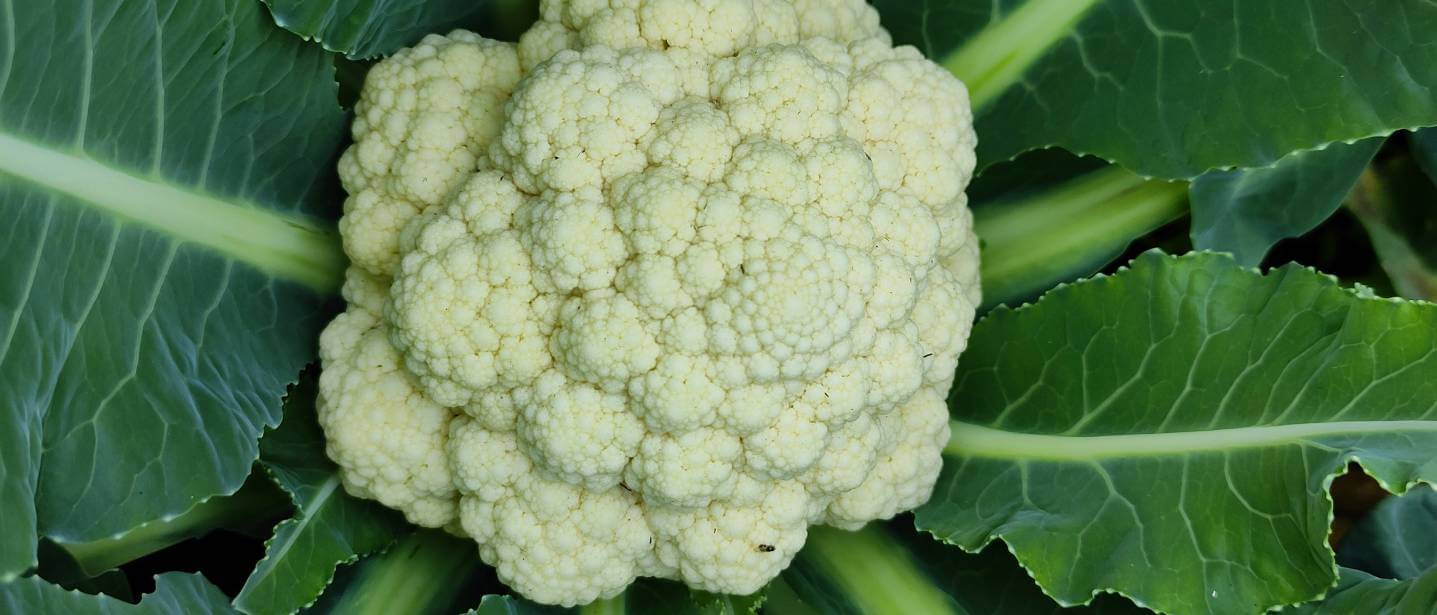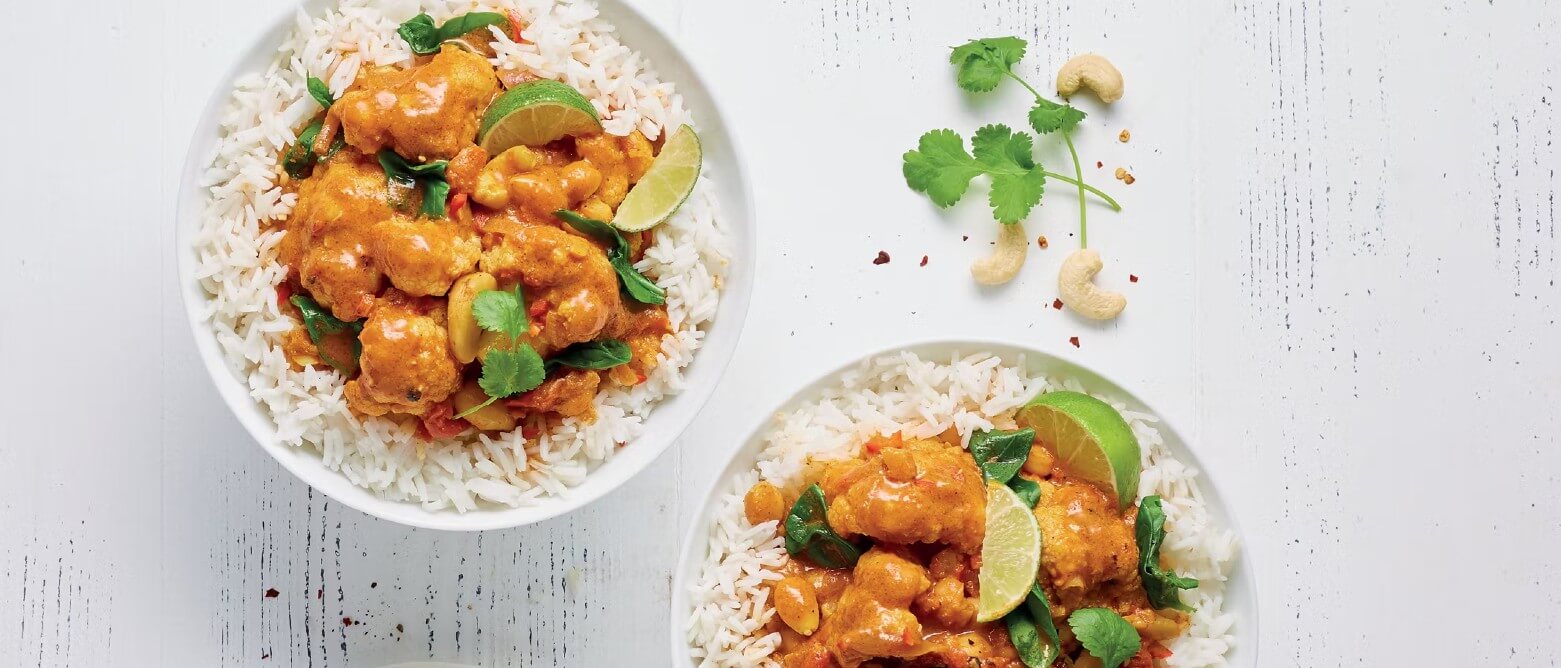



Key information
Colour: Creamy white, although you can find yellow, green and purple varieties.
In season: All year
Power to perform: Vitamin C helps keep cells healthy and boosts your immune system to help fight infections. Since humans can’t store vitamin C in our bodies, we need to eat vitamin C-rich foods, like cauliflower, every day to get what we need.
Grow me: There are so many varieties of cauliflower available that you can find it in the supermarket almost year-round. These plants like cool, damp conditions (perfect for UK weather!). For best results, they should be grown indoors for the first six weeks, before being planted outside. Always keep the soil damp for steady growth.
Did you know?

Ideas garden
Remember to ask an adult's permission before experimenting with any cauliflower ideas!
We know cauliflowers look great with their bright green leaves and contrasting white (or colourful) heads (or ‘curds’), but do they taste great, too?
Experiment with three different ways of cooking this nutrient-rich vegetable to find your favourite cauliflower flavour!
For this taste test, you’ll boil, roast and ‘rice’ your cauliflower. First, wash and dry your cauliflower, then cut it into three equal portions – one portion for each cooking method.
Let the taste test begin! Try each cauliflower sample and write down your observations (taste, smell, texture, etc). Which is your favourite cooking technique and why? Compare your findings with others. Is there a clear winner?
Go further: Experiment with other techniques, for example sauté in a frying pan, blitz some cauliflower mash or grill a cauliflower ‘steak’! Try different spices with your roasted or rice cauliflower – how about some cumin, or tandoori spices?

Cauliflower is a versatile vegetable, lending its unique flavour to dishes around the world. Build on your taste test and keep it classic with cauliflower cheese as a side dish, or make it the main event in a Sri Lankan-style veg curry.
Bold flavours work so well with cauliflower so why not add some heat with a sticky cauliflower and peanut salad or roast it whole with spices?

Ask an adult to share your cauliflower adventures with us on social media using #GetSetEatFresh or by uploading a showcase on the Get Set to Eat Fresh community page.
